As we step into the year 2024, businesses are witnessing a paradigm shift in financial priorities driven by factors such as market dynamics, technological advancements, and changing consumer behaviours. Among the critical aspects of asset management are CAPEX (Capital Expenditure) and OPEX (Operational Expenditure) planning.
Effective CAPEX and OPEX planning in 2024 demand strategic resource allocation to drive growth and innovation while maintaining operational efficiency. Businesses are prioritising investments in technologies and infrastructure that offer long-term value and sustainable growth opportunities through efficient and streamlined approaches. For businesses managing built assets and infrastructure, understanding and balancing capital expenditure (CAPEX) and operating expenditure (OPEX) is crucial.
CAPEX, OPEX, and Asset Lifecycle:
CAPEX represents the funds required for acquiring, enhancing, or extending the lifespan of built assets. This could involve purchasing new facilities or significantly upgrading existing ones. Typically, it constitutes a substantial, one-time investment aimed at eventually enhancing capacity or operational efficiency. CAPEX serves as a long-term venture for the business.
Conversely, OPEX encompasses the ongoing costs associated with asset operations. This includes maintenance expenses, employee salaries, and utility bills. OPEX directly impacts short-term profit and loss, highlighting the need to manage these expenditures to bolster profitability.
Built assets progress through various stages in their lifecycle, starting from planning/acquisition, moving through operation, maintenance, and eventually disposal and replacement. CAPEX is typically necessary at the outset to construct or procure assets, while OPEX is utilised for maintenance and operation. Finally, CAPEX becomes essential again for replacement or significant upgrades.
Accurately forecasting CAPEX and OPEX is pivotal for optimising asset lifespan and ensuring optimal returns on asset portfolios. Well-maintained assets, upgraded at appropriate intervals, retain peak functionality and deliver maximum value over their lifespan, thereby avoiding unexpected downtime or costly repairs.
Building Long-Term Value:
Precisely forecasting OPEX and CAPEX is crucial for sustained financial planning. However, this can be challenging without valid asset condition data. Insufficient insight into upgrades or maintenance impedes funding requests and jeopardises asset condition, risking unplanned downtime and associated financial and reputational perils.
Ai Assets offers a transformative solution to the challenges associated with traditional CAPEX and OPEX planning in asset management. We turn physical building assets, into a quality live digital asset register that’s supports proactive building maintenance. Ai Assets automates data collection, analysis, and visualisation, enabling businesses to perform ‘Capex In a Click’ gaining instant insights into forecasted capital and operational expenditure for their portfolios.
Benefits of Ai Assets for CAPEX /OPEX Management
- Efficiency:
Ai Assets streamlines CAPEX and OPEX planning processes, reducing the time and effort required to generate comprehensive reports. This allows asset managers to focus on strategic decision-making and proactive maintenance activities. CAPEX reports are generated in a click from an always live database of assets.
- Accuracy:
By eliminating manual data entry and analysis, Ai Assets minimises the risk of errors in CAPEX and OPEX planning. This ensures the accuracy of financial forecasts and enhances the reliability of asset management strategies.
- Insights:
Ai Assets provides valuable insights into asset performance, lifecycle costs, and maintenance requirements. This enables asset managers to identify trends, predict future expenditures, and optimise asset utilisation, ultimately maximising ROI.
- Integration:
Ai Assets seamlessly integrates with existing asset management systems, providing a centralised platform for data management and analysis. This facilitates collaboration across departments and enhances transparency in decision-making processes.
Conclusion:
Understanding and effectively managing CAPEX and OPEX is vital for businesses looking to maximise efficiency and ensure long-term success.
Embracing a strategic, preventative maintenance approach enhances asset condition, bolstering portfolio value. Asset management is thus construed as an investment rather than an expense and allows organisations to optimise asset lifespan, minimise operational disruptions, and drive sustainable growth.


